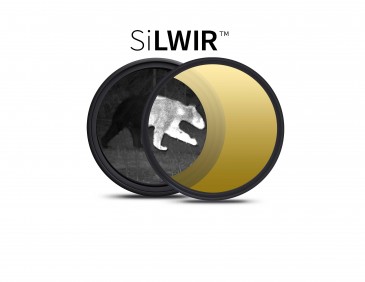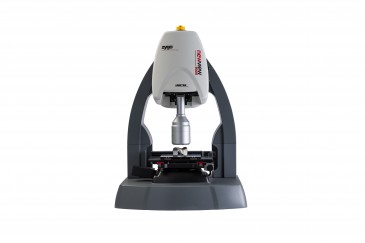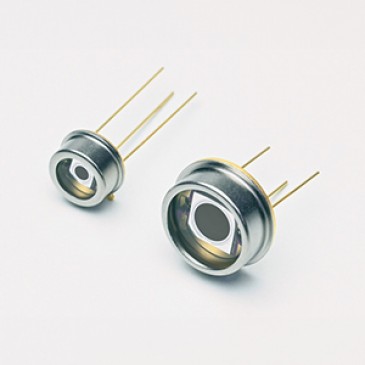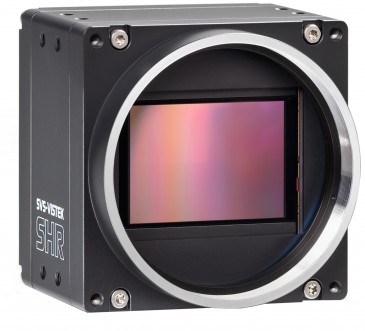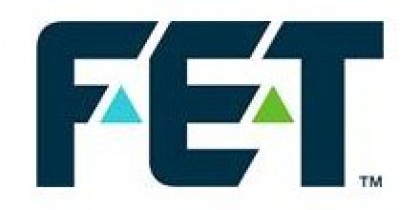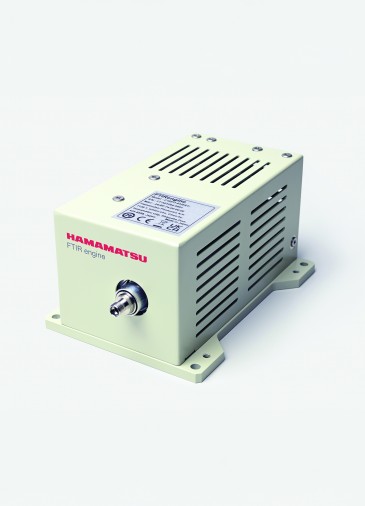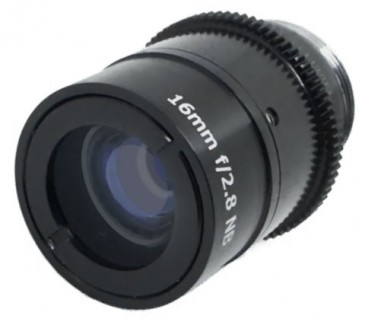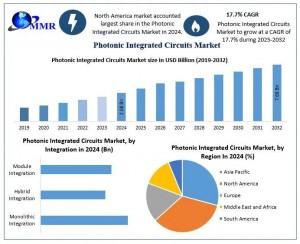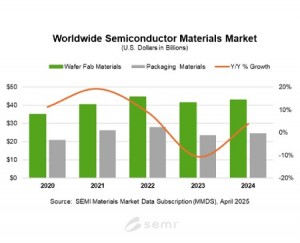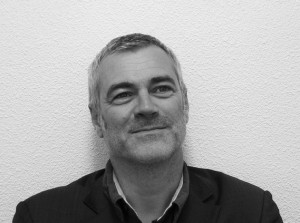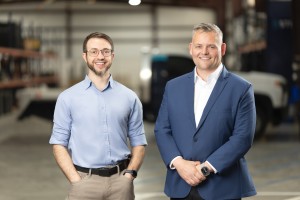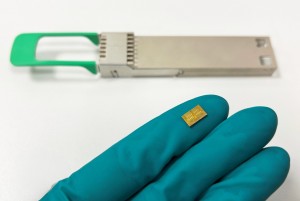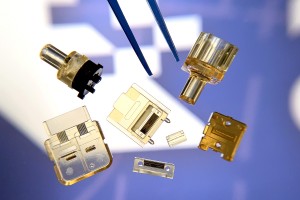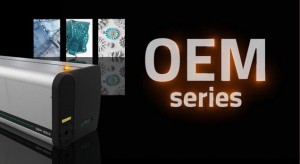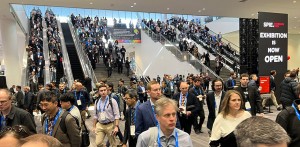
Dr. James Coleman, a pioneer in the development and application of semiconductor lasers and photonic devices, recently joined the University of Texas at Dallas (UT Dallas) to head the Department of Electrical Engineering (EE) and become the Erik Jonsson School of Engineering and Computer Science Distinguished Chair. Previously, Coleman was an endowed professor of electrical engineering and materials science and engineering at the University of Illinois at Urbana-Champaign, where he led the way in the process known as metal organic chemical vapour deposition (MOCVD), which is used to create complex semiconductor structures. This method is widely used in photonics manufacturing.
In the early 1990s, Coleman’s group challenged the traditional paradigm about the practicalities of using layers of materials of different physical sizes, known as strained layers, in semiconductor devices. Conventional wisdom was that devices made of these layers would be impractical because under stress these strained layers would bend and fail. However, they did not. Strained layers are used in everyday electronic devices, such as CD and DVD players.
Coleman spent several years working for Bell Laboratories and Rockwell International, where he helped demonstrate the effectiveness of the MOCVD process to make lasers, solar cells and photo-detectors with better performance characteristics.
Coleman earned his bachelor’s, master’s and doctoral degrees in EE from the University of Illinois in the 1970s. At that time, semiconductor lasers were only about a decade old and impractical. The possibility of future applications and the combination of topics that interested Coleman (i.e., magnetics, semiconductors, quantum mechanics, materials and devices) drew his attention to the field.
Coleman holds nine US patents and has authored more than 425 papers. In 2012, Coleman was elected to the US National Academy of Engineering (NAE) for contributions to semiconductor lasers and photonic materials. In addition, Coleman is a fellow of the Institute of Electrical and Electronics Engineers (IEEE), the Optical Society of America (OSA), the American Physical Society, SPIE and the American Association for the Advancement of Science (AAAS). He has also received many other accolades. He will continue his research on strained layer lasers; self-assembled and patterned quantum dots; and low threshold and high-power single-mode index guided lasers and arrays.

























 Back to People
Back to People